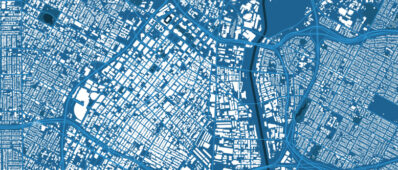Abstract
Although building more housing near transit has gained increasing popularity as a strategy for addressing housing unaffordability while promoting sustainability, the effectiveness of this strategy has remained unclear, particularly in auto-oriented metropolises where land use planning authority largely rests with local governments. This article provides an analysis of how parcel-level residential land use intensification takes place under the influence of public transit expansion, with explicit attention to the interactions between current and planned land use changes, in a five-county Southern California region. The analysis using a generalized structural equation modeling approach shows that residential properties are more likely to be densified in transit-rich areas. This tendency is detected not only in the existing high-quality transit areas but also in locations where transit services will be available in the future. It is also found that relaxing zoning restrictions increases the probability of parcel-level densification, and the resultant density increase can induce further zoning or plan changes in nearby areas.
